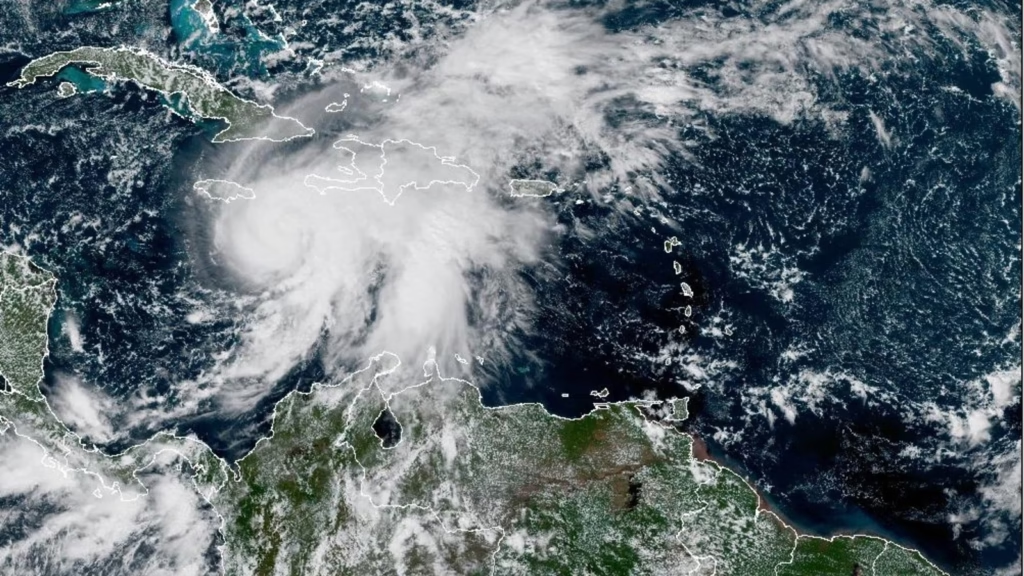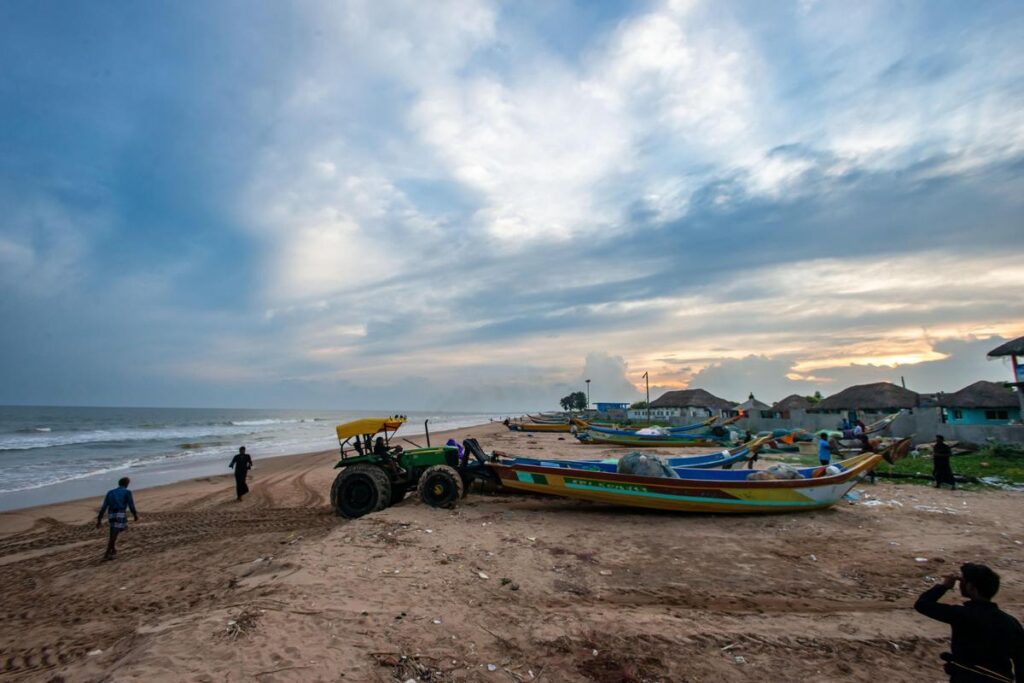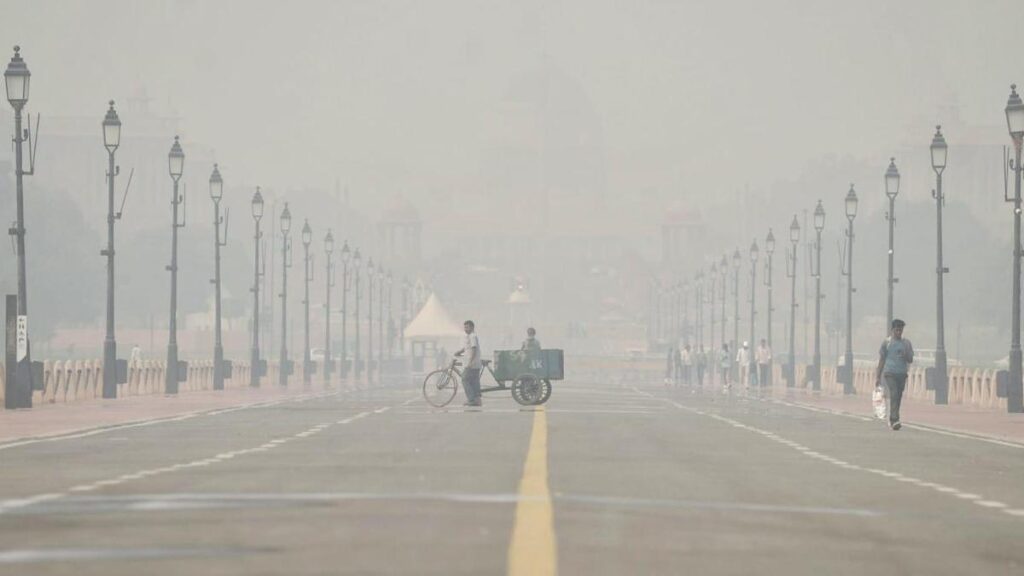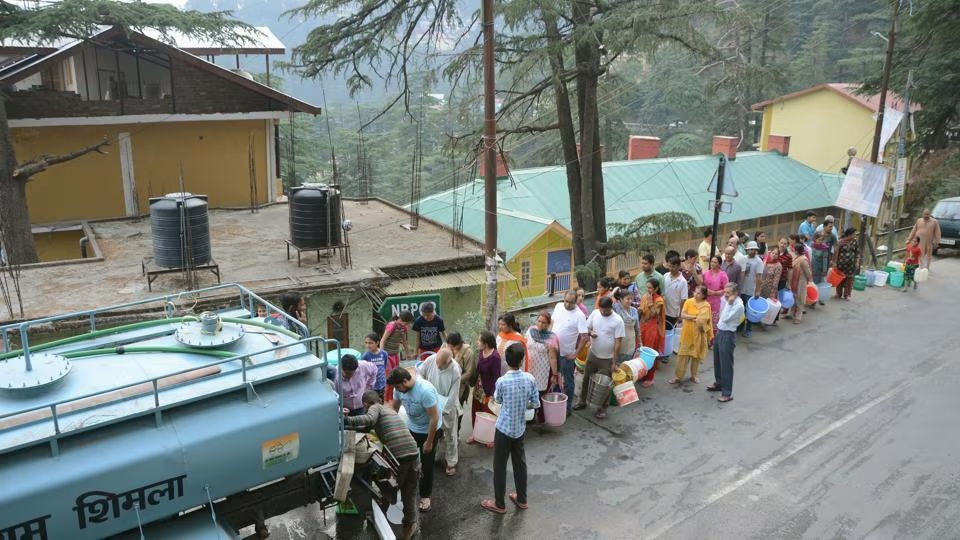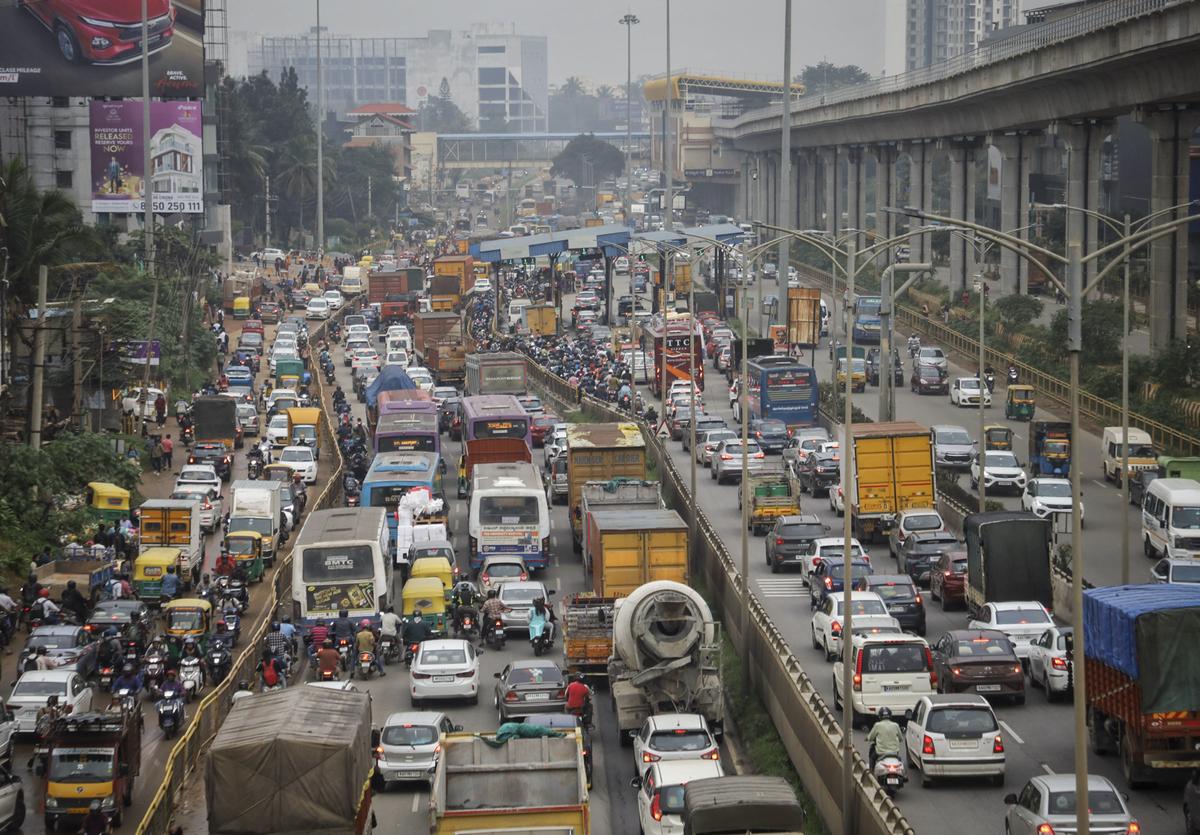Now Reading: Assam’s Flood Preparedness in 2025: Is the State Finally Ready?
-
01
Assam’s Flood Preparedness in 2025: Is the State Finally Ready?
Assam’s Flood Preparedness in 2025: Is the State Finally Ready?
As the monsoon season approaches, Assam once again braces for the possibility of widespread flooding—a recurring disaster that impacts millions each year. But in 2025, with new infrastructure projects, early warning systems, and government coordination, questions are being raised: Is Assam better prepared this time? And will it be enough?
Annual Challenge with High Stakes
Flooding in Assam is not a rare event—it’s a seasonal reality. Each year, overflowing rivers like the Brahmaputra and Barak affect over 20 districts, displacing families, damaging crops, and disrupting livelihoods. Towns such as Dhemaji, Barpeta, and Silchar often face the worst of it, highlighting the urgent need for long-term solutions.
This year, the stakes remain high, especially in rural and Tier-2 regions where access to relief and rescue services is often delayed.
Strengthening Early Warning and Response
One of the biggest shifts in 2025 has been the strengthening of early warning systems. The Assam State Disaster Management Authority (ASDMA) has partnered with meteorological and hydrological agencies to issue hyper-local forecasts and alerts. SMS-based warnings are now being sent in regional languages to vulnerable communities, enabling quicker evacuation.
District authorities have also been equipped with real-time monitoring tools and emergency kits to improve initial response times.
Infrastructure Upgrades on the Ground
Several embankments and drainage channels have been reinforced this year under central and state-funded projects. In flood-prone districts like Lakhimpur and Morigaon, work on raised platforms, shelter homes, and flood-resistant roads has accelerated.
While these developments mark progress, experts note that maintenance remains a challenge. Many embankments, especially in remote villages, still require urgent repair before heavy rainfall begins.
Community Engagement and Preparedness
This year has also seen a greater push toward community-level preparedness. Local volunteers have undergone training in first aid, rescue, and emergency coordination. Schools and panchayats have been roped in to act as temporary shelters.
NGOs and youth groups are playing a bigger role in awareness campaigns, especially in areas with limited internet or media reach. In many Tier-2 towns, disaster drills have been conducted for the first time.
Gaps That Still Remain
Despite improved readiness, challenges persist. Evacuation planning in densely populated lowlands remains underdeveloped. Relief distribution systems, especially in remote tribal belts, still rely heavily on manual processes and are prone to delays.
There are also concerns about the availability of clean drinking water, food supplies, and medical aid during prolonged inundation. For many residents, especially farmers and daily wage earners, recovery often takes months, sometimes years.
Conclusion: Cautious Optimism for 2025
Assam’s flood preparedness in 2025 shows signs of meaningful improvement, with stronger coordination, better infrastructure, and more community participation. However, the true test will lie in execution when the waters rise.
While the state appears more ready than in previous years, sustained political will, transparent governance, and continued investment will be crucial to reducing the yearly toll of monsoon floods. For now, Assam waits—more aware, better equipped, but still vulnerable.








